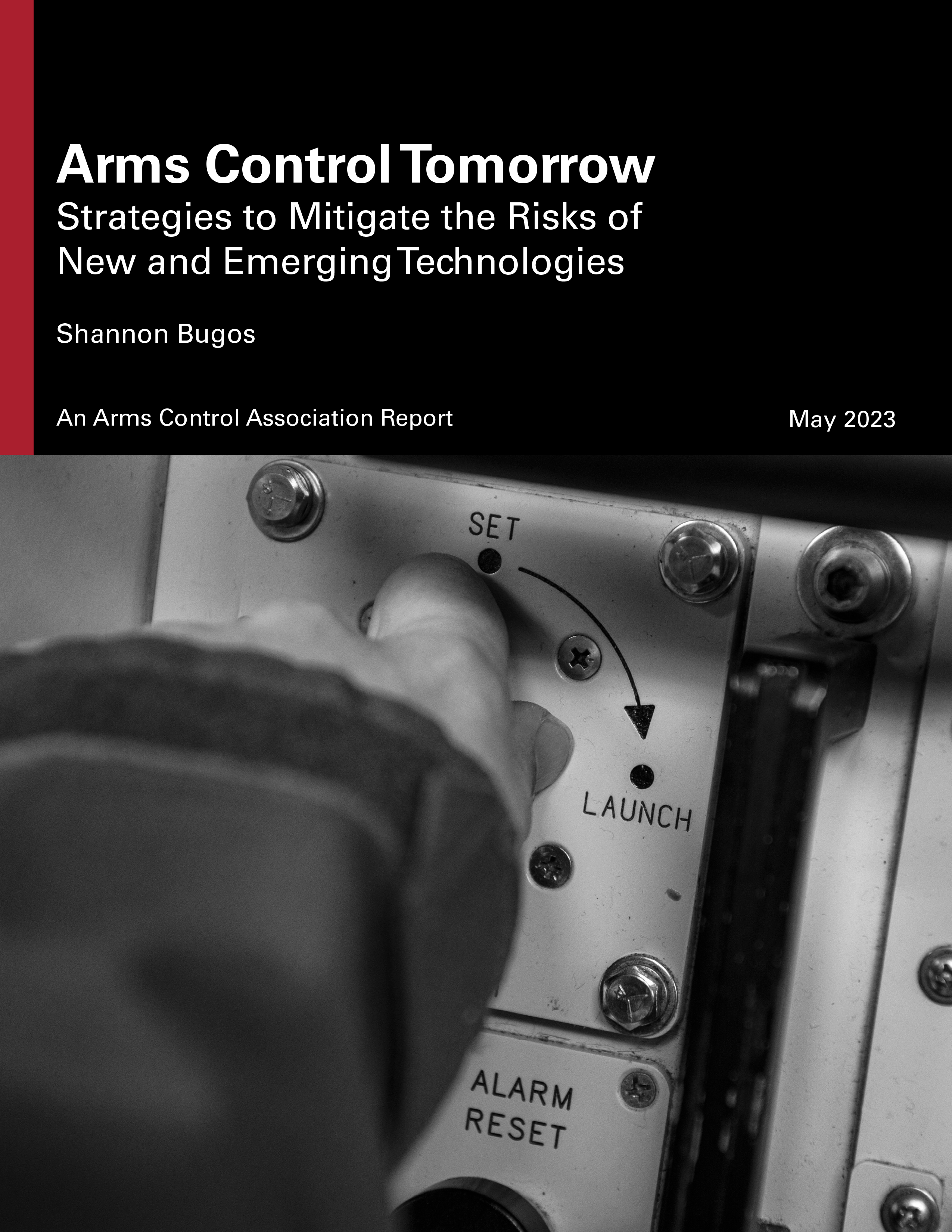Over recent years, the topic of new and emerging technologies with military applications has ignited a dynamic debate among defense officials, political leaders, diplomats, policy experts, and technical experts.
This report provides an overview of the potentially destabilizing effects of several new and emerging technologies and their respective military applications. It aims to provide decision-makers with a better understanding of how to mitigate the risks and reduce the chances that a major power conflict or confrontation escalates to the nuclear level through a range of arms control and risk reduction measures.
This report focuses on six significant, distinct emerging military capabilities: hypersonic weapons systems, direct offensive cyberoperations, offensive counterspace capabilities, artificial intelligence (AI)-enabled capabilities, drones, and lethal autonomous weapons systems.
This report distills information and ideas from a series of workshops, involving dozens of technical and policy experts in each technology area, that the Arms Control Association conducted in 2021 and 2022. It identifies four overarching themes that highlight the greatest concerns over how the military employment of new and emerging technologies might increase the risk of nuclear weapons use.
- Increasing the pace of conflict.
- Increasing uncertainty.
- Reducing the human role.
- Incentivizing arms racing.
This report identifies near-term risk mitigation measures that are likely achievable now or within the next five years: crisis communications systems, definition establishment, norms, unilateral declarations and actions, and confidence-building measures.
This report also outlines long-term measures that are achievable within the next 10 years or beyond: arms control and risk reduction arrangements (e.g., treaties, agreements) that involve more than one country and are more formal than confidence-building measures, although not necessarily legally binding.

